I wanted to start this thread to review the CTS FMIC for my B8 A4 2009 2.0T Q. I have been looking over the options for quite awhile, but was never really set on either AWE or EC's FMIC. Suddenly, here come RAI, 034 and CTS, all within a few months of each other. After some careful reviewing and questions to all the companies, I decided to go "local" with CTS (3 hrs. North of me) based on the quality of communications, guarantees provided behind the product and history of VW/Audi performance in our region. Additionally, the purchase experience an support I felt was unparalleled and made the decision easy.
Once ordered (paid via PayPal), my kit was put into production on 7/13. It shipped on 7/20 and arrived at my house 1 day later.
The Unboxing
The package arrived in prestine condition and was not too heavy overall. I didn't peg a weight on it, but it was easy for me to lift and move into the garage without a cart or feeling it the next day. The package arrived via FedEx looking like this:

When I began to unbox it, the top layer of the carton held the wrapped SS tubing and silicone hoses + clamps in separate packages:

After removing each, it was plain to see the quality of the parts:

The clamps are especially beefy, which I really feel good about in terms of a firm fit without future slip or adjustment required.

Removing the top compartment exposed the 2nd, with the FMIC core itself:

As you can see from the close-up, the core is extremely dense and welded very well:

I expected to find some damage or mushed vanes, as with almost all cooling cores I've worked with in the past, but really found none. Thus far, the experience has been top notch and the parts look fantastic. The only note is that there were no installation instructions inside the box, but I'm sure I'll have no trouble getting some from CTS.
The Install:
Here’s the next in my review of the CTS Turbo B8 A4 FMIC. I did learn that I am definitively the first non-prototype customer, so as expected there were a few bumps in the road along the way. However, I think that most can be easily addressed by CTS Turbo immediately and make for a very successful kit to compare against EuroCode, RAI and 034.
Pros:
• Excellent craftsmanship in the solid tubing and core
• Substantial clamps that will last and provide worry free coupling
• High-quality silicone hoses that allow positive manipulation of the solid tubing
• Receiving a really great price for being the first to buy and solid customer service since
Cons:
• Sensor hole near the engine throttle body is too large, despite a larger O-ring provided w/ kit
• Two exit holes on the core sit too high to easily match up to stock alignment and required:
o Cutting out half of two plastic cowls on the side of the old FMIC
o Bending an aluminum tube exiting one of the radiators to allow hose clearance
• Clamps have a bit too much throw in the screw, making for lots of wrenching in small spaces
• Attachment flange on the side of the large hose (driver’s side) needs at least 1 more mounting point to secure it to the frame (EC’s has 3, as does stock)
Must have improvements:
• Decrease the size of the hole on the sensor install to be more snug with provided O-ring
• Add 2 SS 4” threaded end bolts + lock washers + nylon locking nuts to the kit for mounting the core on the crash bumper
Nice to have improvements:
• Change the angles of the silicone hoses going into the FMIC to prevent need to cut cowls or bend aluminum tube or lower the outlets from the Core
• Longer arms off the core for mounting into the bumper to provide more centered drilling of the bolts to go through
• Add a turbo inlet to the kit (like EC) with a rolled end to provide more positive surface for silicone hose mating and clamp gripping
Hoses:
I really like the look of the SS hard tubing in the system, but appreciated the silicone hose joints for their ability to correctly manipulate the angles needed to get all the parts properly aligned. The craftsman ship in the SS tubing is second to none and is definitely a benefit to the overall system in comparison to stock or other options available IMHO.

The only complaint here is that the sensor port opening behind the driver’s side headlight is a bit too large, even with the beefier O-Ring provided by CTS Turbo to replace the small stock green one on my sensor already. Tightening down the bolts provided in the kit gave a snug fit, but I’d still rather that the hold was smaller to snug up around the O-ring like stock.
Clamps:
The clamps are very robust, but the throw on their housings were always too large for the hoses in the system, which meant a ton of ratchet work to tighten each one up. That was only frustrating at the turbo inlet really, since it is a long, difficult reach with a small ratchet to make the connection.
I also think the system would benefit from a replacement turbo inlet, like EC’s, with a bit of a flange on it and a silicone hose joint like CTS Turbo provides for the throttle body housing so you feel like you get a more secure connection to the turbo. I am only slightly worried about how that will fare over time, but it is more solid than stock, so it is probably fine.
Core:
The core itself is far denser and less restrictive than the stock one it replaces. It is also much heavier as well in the hands, thought I wish now I’d weighed the two of them for a more scientific comparison. CTS Turbo welded on two hanging brackets on top of the core which requires drilling and mounting into your front aluminum crash bumper to hold it securely in place. Unfortunately the system did not come with the necessary mounting hardware for this job, so I bought 4” SS bolts to match the four 4” bolts that hold the crash bumper in place stock.

It was a relatively quick alignment and drill to put this in place, but must be done once all the other hoses are installed (not fully clamp tightened yet) so you can get the angle of the FMIC to bumper correct for best alignment of the system. This was also made a bit more difficult than necessary by the placement of the two outlets from the FMIC on either side of the system, as they are much higher than stock. I would recommend that CTS Turbo consider moving these down a bit in the system, or creating a greater bend in their two incoming silicone hoses for the install.
Doing the Work:
Overall I think the install went rather well, as I’m still relatively inexperienced in really tearing out and replacing major parts of my engine’s systems. Here is what I used and how it went in addition to my points above around each of the 3 system components.
1. Removing the Stock System
For the first step in the process, my dad and I worked to understand and remove the existing stock system from the car, as well as the aluminum crash bumper so I could paint it black in anticipation of receiving my Mass Drop RS4 grille (apparently getting ready to ship now – was hopeful to have it during this install to not take the bumper off 2x – oh well). Getting the stock parts out of the way was no problem, though we quickly realized that the 2 plastic cowls at the front of the existing FMIC would need to be trimmed out at the bottom to make way for the placement of the two CTS Turbo FMIC outlets on the new core due to their higher positioning than stock (as seen in the core picture above).
I’ll note that I did have the EC HFIC pipe already in, which was a really nice piece that has already been sold to a new home in Florida. I do think that EC has a better mounting for the stock sensor that CTS Turbo would benefit in reviewing for their assembly for a snugger sensor fit (as mentioned above). I’m a little worried that the supplied O-ring will not seal snug enough and I’ll need to get a bigger one to feel good about the sensor being well in the housing without airflow escaping around it due to the large opening and small O-ring (even though a new larger O-ring came with the kit and was installed). I also think removing the stock O-ring isn’t the greatest idea because the sensor end is plastic and could be damaged in the removal and reinstall of a new O-ring, though overall not likely.
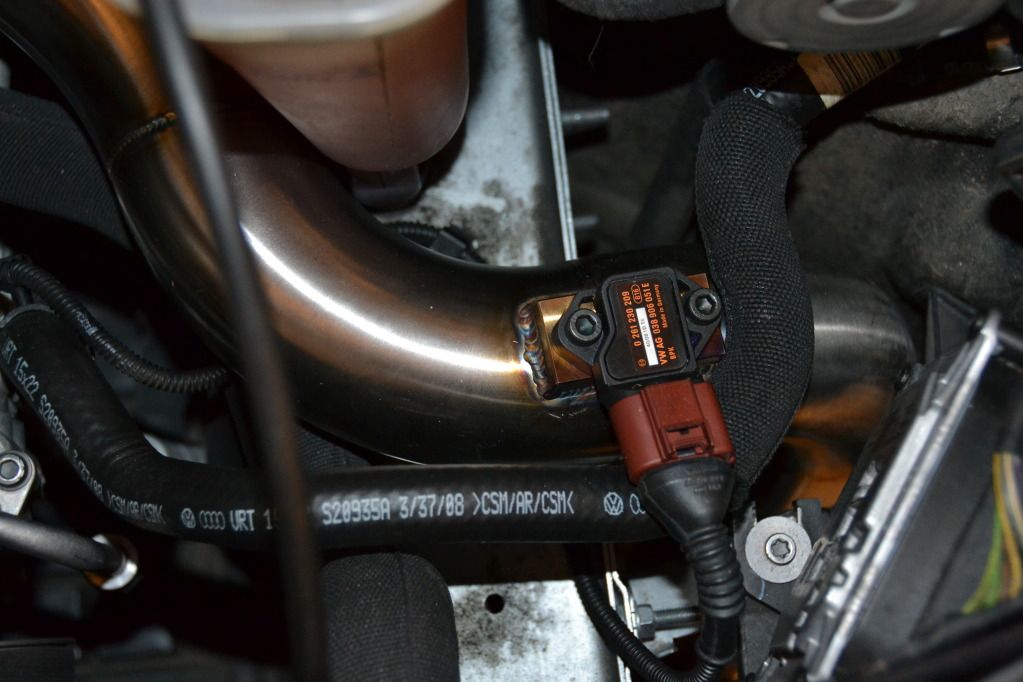
I also have to say that the stock FMIC and hoses are complete crap in comparison to CTS Turbo’s kit. I cannot believe how flimsy the stock hoses felt and how poor their construction is when compared to the CTS Turbo parts. Additionally, the housings on the side of the stock FMIC are hard plastic with what appear to be very restrictive baffles on the sides (likely for noise suppression) that are relatively cheap feeling and inefficient.
Like much else that we pull out of these cars, they were designed to keep things quiet and be cost effective for Audi. I think a full replacement is warranted for anyone serious about modifying your car for power, because the stock system is holding you back for sure.

2. Painting the Aluminum Crash Bumper
The reason I chose to paint the bumper is to prepare for my fully open faced RS4 replica grille from Mass Drop. It won’t have a filler plate or license plate, and I didn’t want to see a giant silver bar in the middle of my grille. I think the FMIC looks good there, but not the crash bumper as well.
Pulling the bumper out was relatively straight forward. We detached the horns and sensors from both sides, unscrewed the four 4” bolts holding it in and shimmied it back out of the clamps. Once off, I proceeded to clean it up with Simple Green, then used vinegar (any will do) and a scotch bright pad to both clean and etch the surface to prepare for paint.

The end result was a very shiny piece of aluminum, ready to prime and paint.
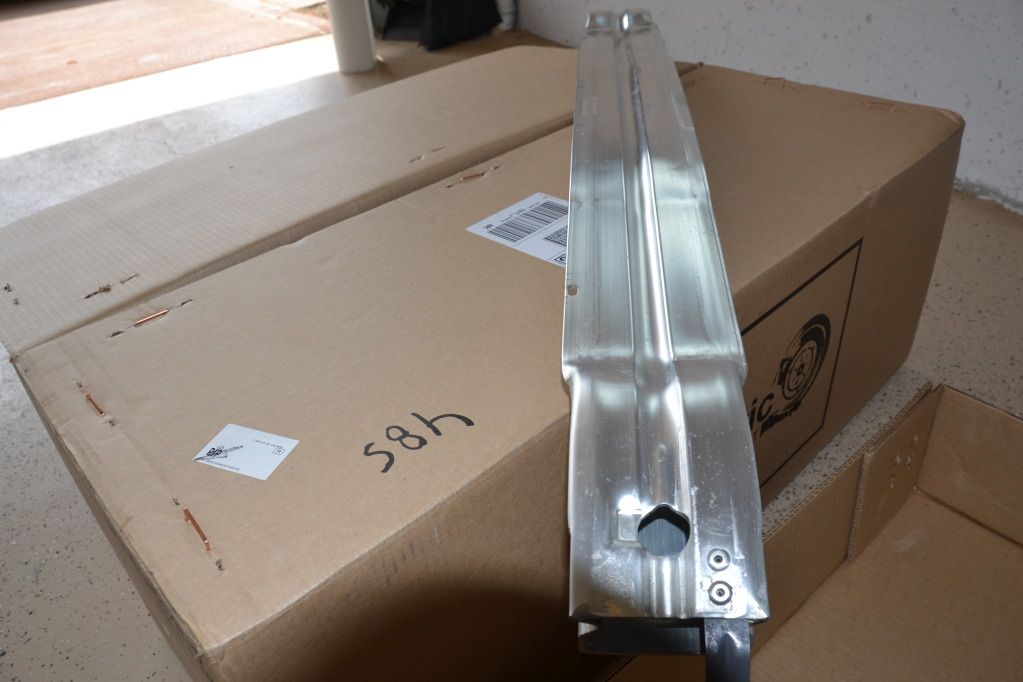
I chose to prime it first with flat black Interior/Exterior Krylon spray paint, putting several passes on the face of the crash bumper and letting it dry for about 20 minutes.
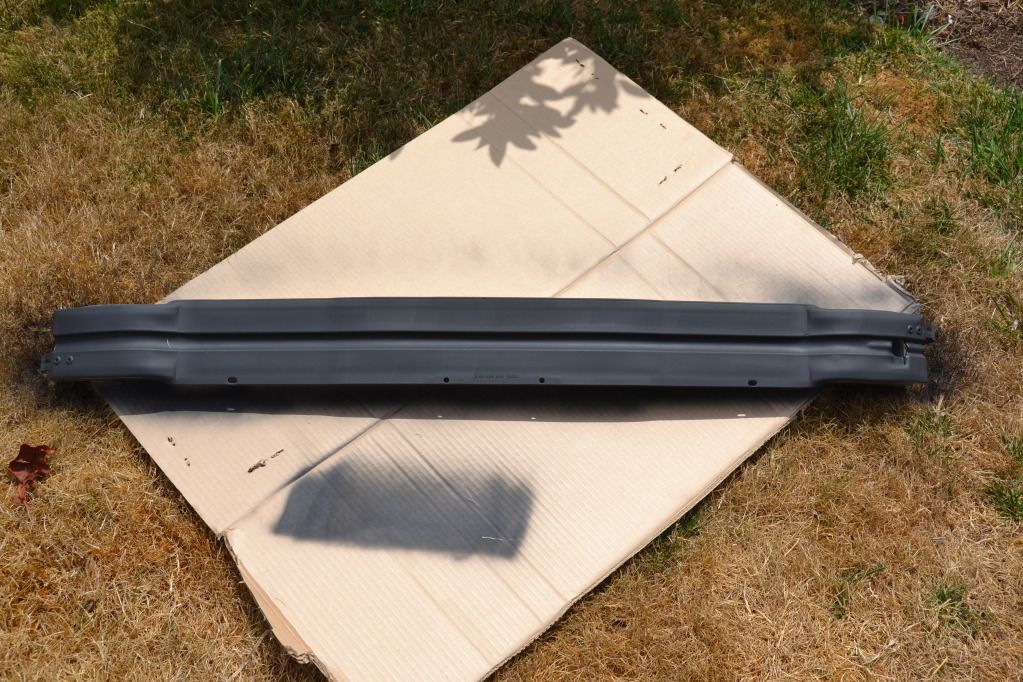
Once dry, I proceeded to use Satin black Interior/Exterior Krylon spray paint, putting on a total of 2 pretty even coats. The end result came out really well and should be subtle but protected behind my new grille.
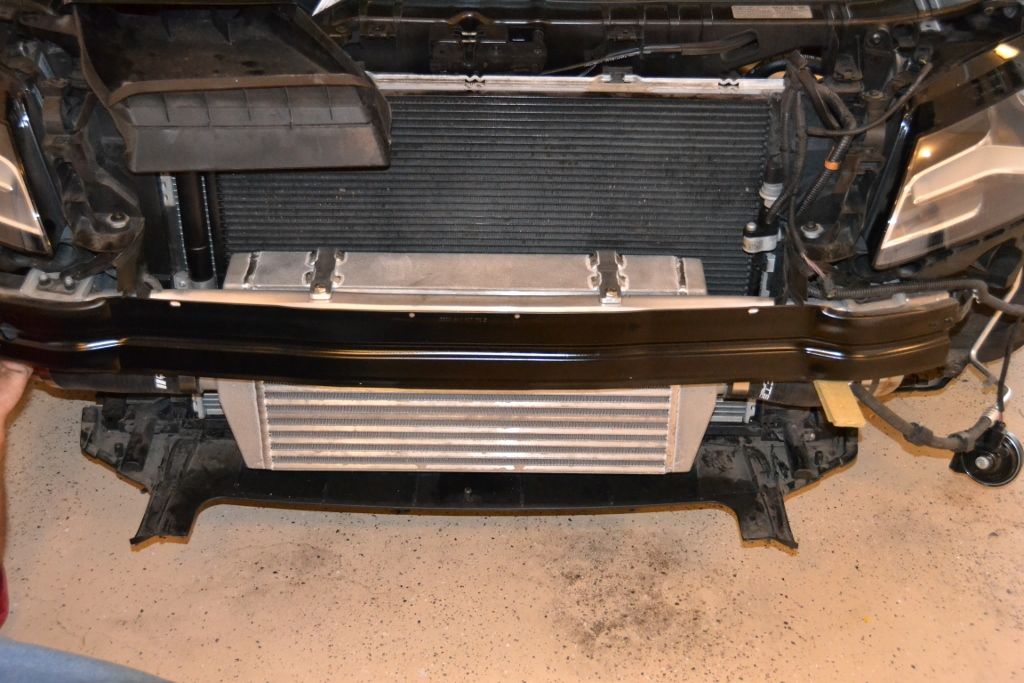
For a moment I thought seriously about painting the entire thing to be uniform, but then talked myself out of it since no one will ever see the other 3 faces and if you look down in from the top the aluminum top face matches up well with the top of the FMIC core.
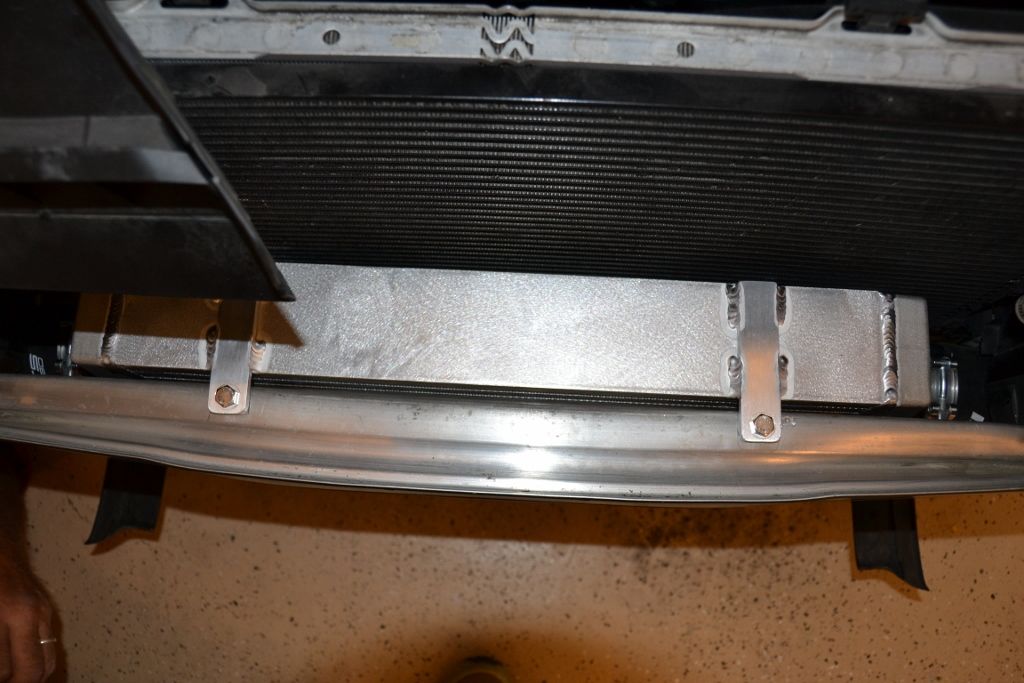
3. Installing the Hoses
The hardest hose to install was actually the largest, headed into the throttle body. This is because it is pretty big and took some work to manipulate into place. It turned out that you had to install it in from the top down, through the hood rather than the wheel well, and that you also had to unscrew and move the coolant reservoir out of the way to make the throttle body connection.
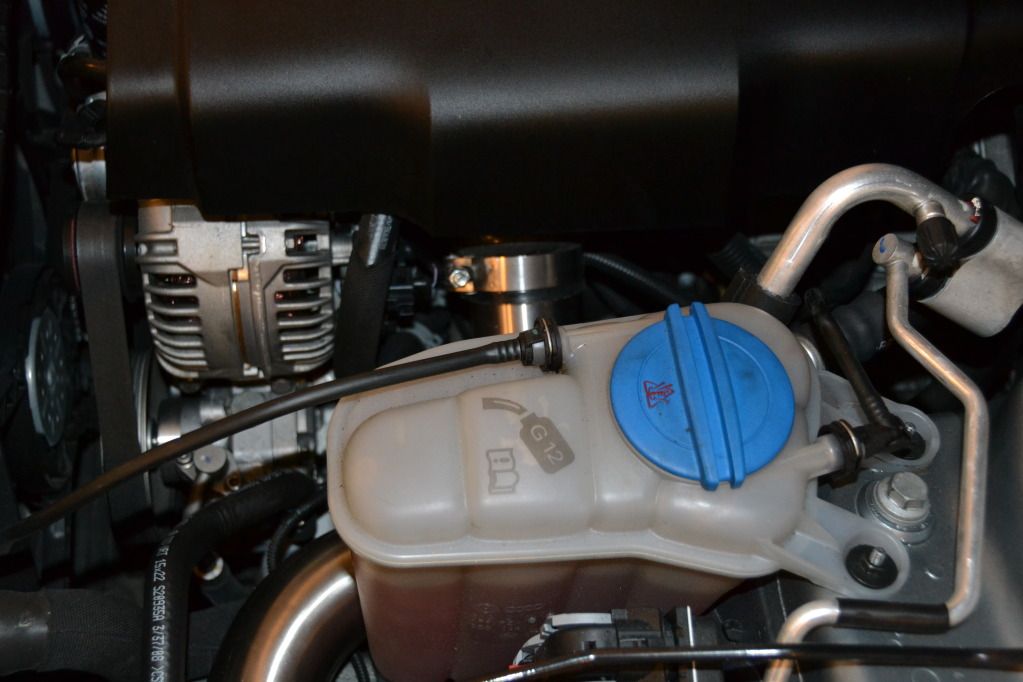
The turbo inlet was no peach either, but that was due to it being far up inside a series of engine cowls, with a clamp at a relatively awkward angle to loosen from the factory. I ended up managing it, but only with a ratcheting metric wrench, which I happen to have fortunately. Otherwise, everything was really straight forward and no problem overall. The silicone tubes really helped with alignment of the overall system and were easy to work with.
4. Installing the Core
Finally, after everything else was in place (though not fully tightened down), we placed the core in behind the aluminum crash bumper and test fit it for center and angle to the bumper to allow for the best connection to the 2 outlets on the sides. This turned out to be a fairly straight forward job, but we did end up pushing the holes more rear than I imagined originally to give the core more angle to point the 2 outlets outside of the stock cowls and toward the adjacent silicone hose couplings.
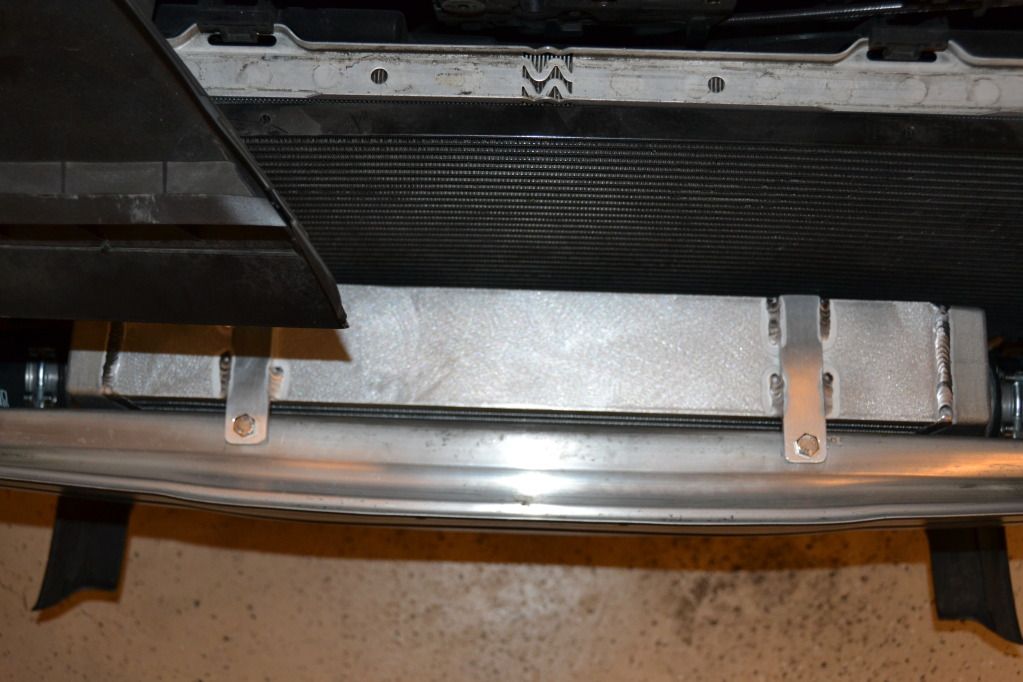
I would have rather this was a straight shot, but it worked out well overall. We got two 4” SS bolts through, matching the 4 stock in girth and length. The mounting plus the attached tubes on both sides left the system feeling extremely stable and well put together.
Again, my only disappointment is the position of the two outlets off the FMIC core. They are mid centered on the core, which put them several inches above stock. As a result, we were required to trim out nearly half of each cowl, but the end result still looks very good.
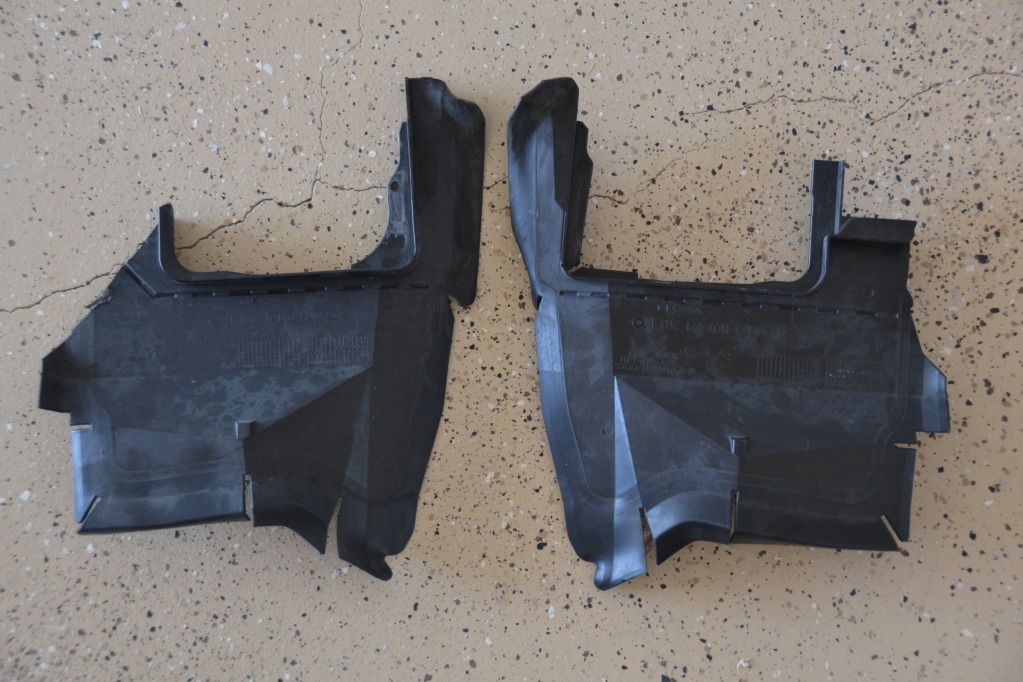
And we had to move a single aluminum radiator hose out of the way by shimming above it with plastic/composite shims and hand bending the tube up and into the engine compartment. This was not too difficult, but would come at great cost to the owner if broken in the process. I’d highly recommend CTS Turbo find a way to address this issue.
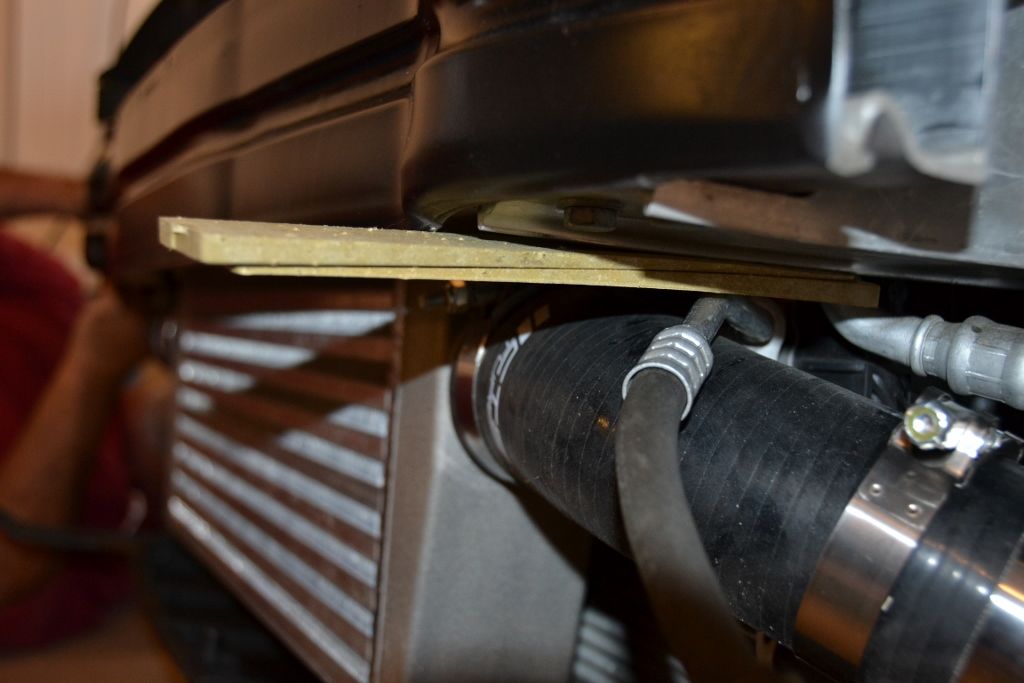
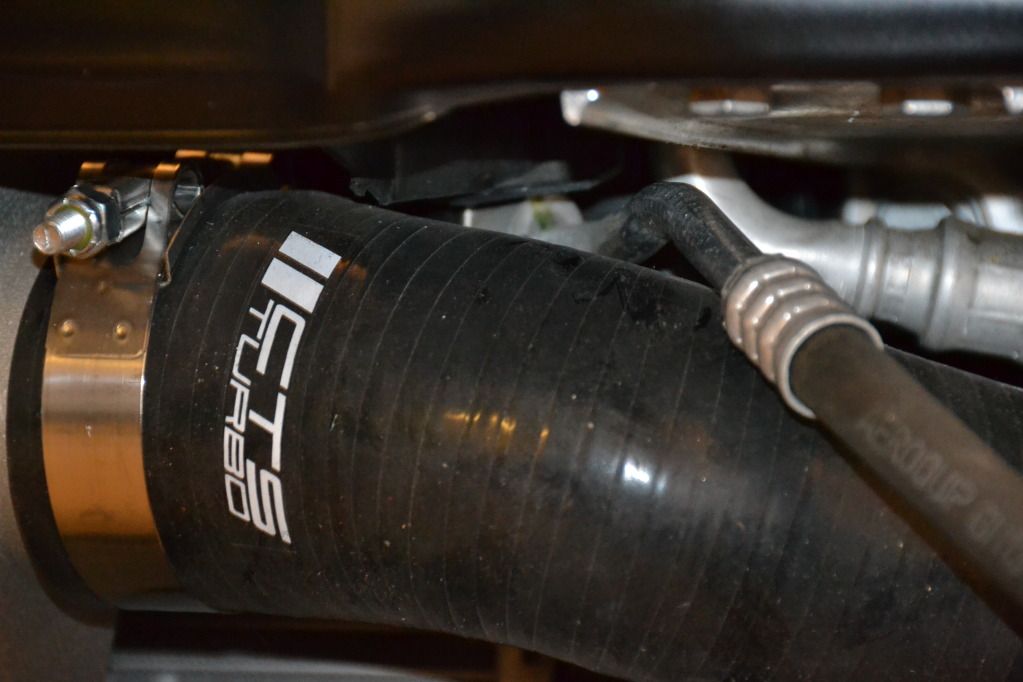
Finally, I screwed everything down tight, double checked all the connections, reinstalled the sensor and stepped back from the work to assess the impact. I think the immediate result is “Wow!” in my mind and makes this a very worthwhile mod overall.
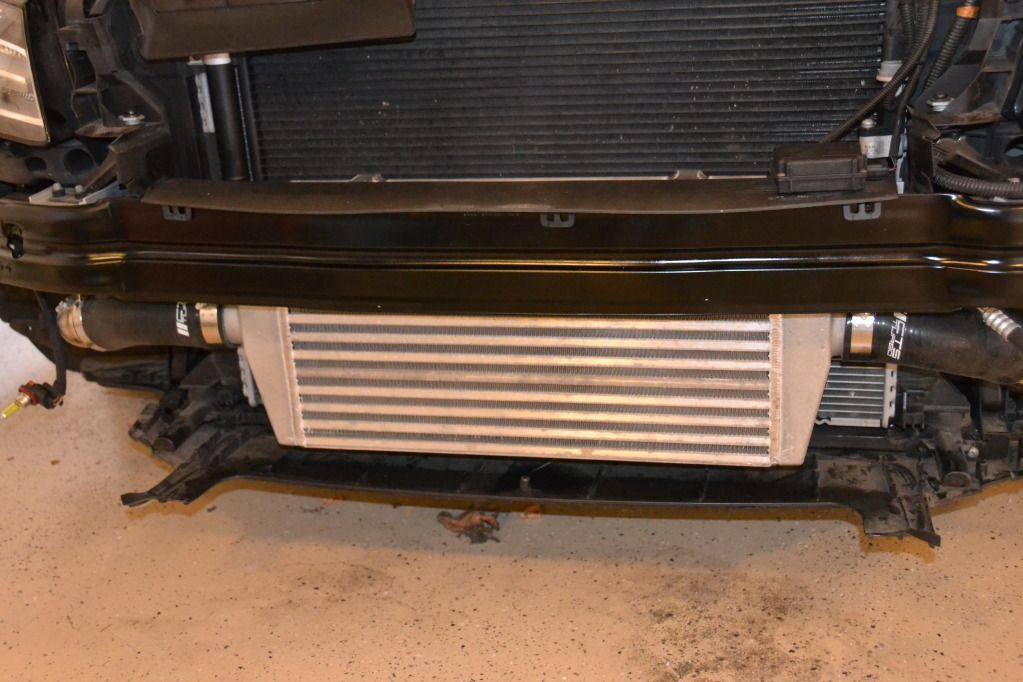
CTS Turbo has an excellent reputation in the VW/Audi community and has put together a really solid, competitive package here for us B8 owners. I suggest they make the few adjustments I mentioned above before putting this full out on the market. And you guys should look them over when comparing an FMIC from EC, RAI or 034 as well. I can tell you that they have excellent craftsmanship and customer service, both of which are very important to me when I choose parts for my ride.
I look forward to any feedback or questions you have.













 Reply With Quote
Reply With Quote











Bookmarks